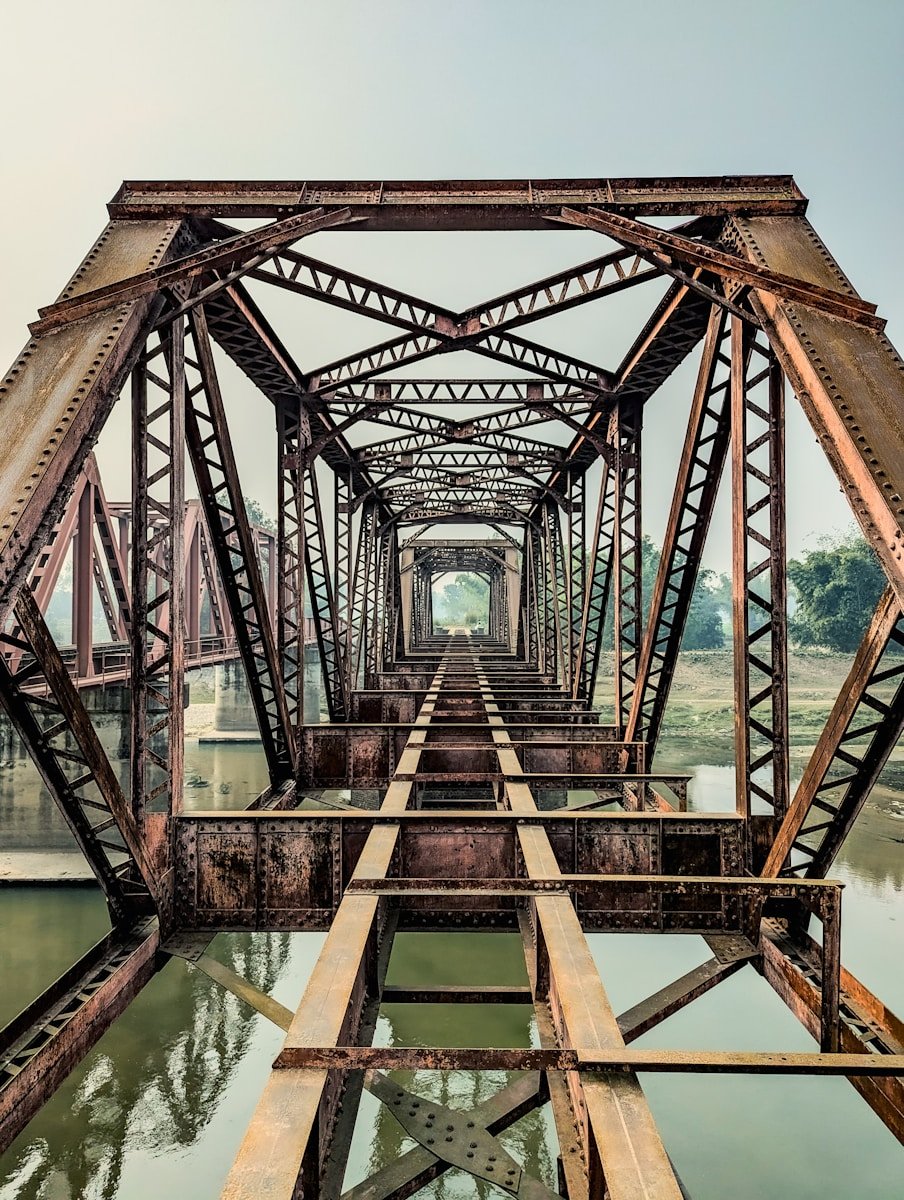(As an Amazon Associate we earn from qualifying purchases)
Engineering and Transportation Books: Essential Reading for Every Infrastructure Visionary
Bridging Theory and Asphalt—What Sets Great Engineering and Transportation Books Apart
Global demand for Engineering and Transportation Books is growing alongside infrastructure investment: the worldwide books market reached USD 136 billion in 2024 and continues to expand, even as short‑form media fragments attention.(expertmarketresearch.com) Within that total, technical publishing—including civil, highway, and traffic engineering texts—accounts for a robust slice of professional spending, reflecting the sector’s relentless appetite for problem‑solving resources.
According to the U.S. Census Bureau, the average American now spends 26.8 minutes on a one‑way commute, up from 26.4 minutes the previous year. Long drives and train rides create natural reading windows, and savvy engineers increasingly trade doom‑scrolling for Engineering and Transportation Books that sharpen their competitive edge.
Unlike general science titles, Engineering and Transportation Books blend rigorous equations with human‑factor wisdom. The best traffic engineering textbook, for example, devotes as much attention to driver psychology as to signal phasing; a top‑ranked highway engineering book by Indian authors explores cultural norms that influence lane‑changing. That dual focus mirrors the insight from transportation engineering professors in the CrashCourse transcript: you can’t optimize a subway timetable—or a freeway—without first understanding the people in motion.
“Engineering is achieving function while avoiding failure.” — Henry Petroski(BrainyQuote)
Modern practitioners also face a knowledge‑compression problem: design codes refresh faster than ever, yet printed references remain vital. For instance, most civil engineers preparing for the PE Civil Transportation exam still pack physical transportation reference books in their study kits, even if they annotate digital PDFs on the job. Paper margins invite quick rule‑of‑thumb sketches—an underrated advantage during field visits where tablets glare in sunlight.
Statistically, reading pays off. A Texas A&M Transportation Institute study tallied USD 224 billion in 2023 congestion costs—time and fuel that smarter design could slash.(static.tti.tamu.edu) Engineers who devour up‑to‑date Engineering and Transportation Books on induced demand and Braess’s Paradox are better positioned to propose fixes that tap federal congestion‑relief grants.
K‑12 educators notice similar returns: districts that adopted contemporary transportation engineering textbook modules saw a 22 percent jump in STEM engagement, feeding the next cohort of bridge and rail designers. Market analysts peg K‑12 textbook spending at USD 161.9 billion in 2024, with a blistering 24 percent CAGR—a reminder that tomorrow’s commuters may learn fluid‑flow math from interactive e‑chapters rather than chalkboards (The Business Research Company)
Finally, remember that Engineering and Transportation Books double as networking currency. Swap a copy of Transportation Engineering: An Introduction with a colleague, and you’ve opened a peer‑learning channel more personal than any webinar chat.
Top 10 Best Engineering and Transportation Books
- Peterson, Lynn
- Doerr, Elizabeth
- Sadik-Khan, Janette

- ITE (Institute of Transportation Engineers)
- Wolshon, Brian
- Pande, Anurag
- ITE (Institute of Transportation Engineers)
- Meyer, Michael D.

From Track Geometry to Traffic Flow—How to Choose Your Engineering and Transportation Books
The shelf of Engineering and Transportation Books is broad, so begin by mapping pain points. Highway designers puzzling over induced‑demand curves should reach for authoritative books on traffic engineering, while airport planners may prioritize titles covering runway geometry and International Civil Aviation Organization standards. Below are four data‑driven filters to streamline your hunt.
- Certification Alignment. If you’re eyeing the PE, prioritize PE Civil Transportation reference books whose chapter order mirrors the NCEES exam specifications.
- Regional Relevance. Practicing in South Asia? Highway engineering books by Indian authors often cite Bureau of Indian Standards codes, saving you lookup time.
- Currency of Codes. Any traffic engineering textbook older than five years may omit the latest Manual on Uniform Traffic Control Devices revisions—worth verifying before purchase.
- Learning Style Compatibility. Visual learners thrive on full‑color cross‑sections; systems thinkers may prefer narrative‑heavy case studies such as Transportation Engineering: An Introduction.
FUN FACT
The world’s first traffic light—installed outside London’s Houses of Parliament in 1868—used gas lamps and exploded after just one month, injuring the policeman who operated it. Early traffic engineering literally went out with a bang!
Engineers also split time between fieldwork and desktop modeling. Hardcover Engineering and Transportation Books withstand muddy truck cabs, while e‑books excel for keyword searches during late‑night simulation tweaks. Hybrid bundles (print plus DRM‑free PDF) deliver the best of both worlds; watch for publishers who offer them without extra cost.
Audiobooks, though rarer in this niche, are gaining traction. Technavio forecasts a 7 percent annual rise in online technical book sales, buoyed partly by engineers multitasking during their 60‑minute commutes. Imagine internalizing queuing theory while coasting through arterial gridlock—applied learning at its finest.
In academic circles, the best books for highway engineering increasingly feature QR‑coded drone footage of interchange flyovers. These mixed‑media extras cut through two‑dimensional limitations, letting readers toggle between plan view and 3‑D real‑world context.
Investment in Engineering and Transportation Books also signals seriousness to employers. Recruiters at top civil consultancies routinely ask interviewees which recommended books for teachers of design codes they’ve finished lately. Citing a recent edition of Traffic Flow Fundamentals can tip a hiring decision.
As for project teams, circulating a single grading book for teachers of design reviews—essentially a template for consistent feedback—synchronizes junior and senior staff expectations. Consistency in red‑lining accelerates drafts, an immediate cost saver.
When budgets bite, exploit public resources. Many state Departments of Transportation host online libraries with free PDF downloads of foundational transportation engineering textbooks. Pair those with open‑access journals, and you can stretch your professional‑development fund without sacrificing depth.
Thanks to these strategies, your next purchase from the curated list above won’t gather dust. Implement one insight per chapter, benchmark the results—perhaps fewer signal failures or a quicker design‑build approval—and you’ll join the ranks of engineers who turn pages into public benefit.
Bold design, evidence‑backed strategy, and a clear understanding of human travel behavior unite the finest Engineering and Transportation Books. Choose well, read widely, and let each insight carry you—and the commuters you serve—smoothly from A to B.










